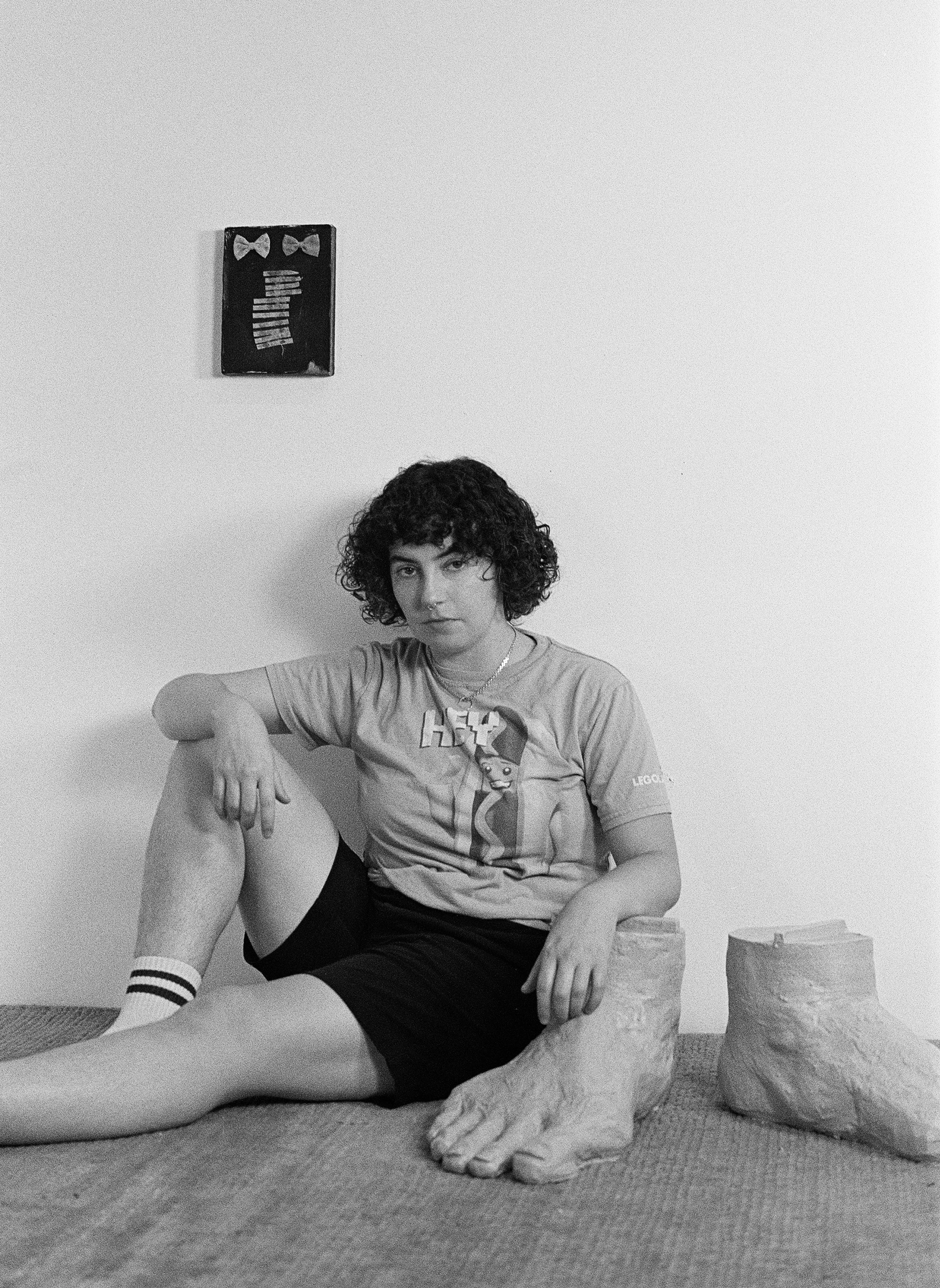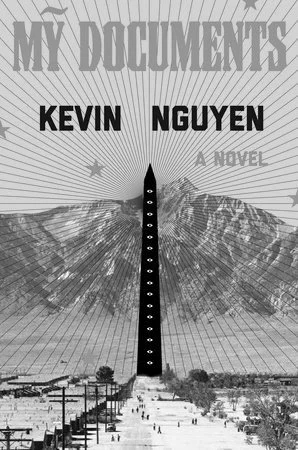Exploring the underrated sorrows of rejection with TONY TULATHIMUTTE
Tony Tulathimutte
Tony Tulathimutte is the author of the novels Private Citizens and Rejection. He has written for The Paris Review, N+1, The New York Times, The New Yorker, The New Republic, Playboy, and elsewhere. He has received a Whiting Award and an O. Henry Award and Rejection was longlisted for the National Book Award.
Interview by Nirica Srinivasan
You’ve spent a long time on this book, and a long time writing and thinking about rejection in different forms. How did you arrive at the book as it exists now, as a short story collection? What drew you to the idea of writing about rejection?
It’s a story collection because I cut out about 80 pages of nonfiction that felt more digressive and dissonant. Everyone was relieved because if I kept it in, we’d have to come up with a term even vaguer than “fiction” to put on the cover. What do you even call a mixed collection of short fiction and long-form nonfiction, “Pieces”?
Anyway, the nonfiction was a vestigial organ from earlier in the process when I was trying to get at the subject in every way I could think of. Like the way a lot of books get started, it’s something I wanted to read about, but I found mostly self-help. It was surprising to me back in 2011 that there wasn’t already a novel about rejection called Rejection. (Though now when I look it up I’m seeing a lot of Omegaverse erotica called things like Rejected By My Alpha Mate: A Rejected Mate Shifter Romance (The Rejection Series).)
More specifically, I was looking for a book that drew the distinctions and overlaps between romantic, social, ideological, and professional rejection. And one moreover that somehow ingrained rejection into its structure. So I decided I had to write it myself, and started with the theme and the title, which is not how it usually goes for me.
William Morrow & Company
The stories are ordered in an interesting way, in that each kind of challenges the reader in a different way than the ones that came before — in the kinds (or identities) of characters, and in form. The feminist of “The Feminist” is a lot easier to dislike than Kant of “Ahegao”, for instance, and stories like “Main Character” and “Re: Rejection” play with authenticity and metafiction, as well as expectations. What was it like to structure the book?
I’m glad you noticed that, because the structure and sequence are really important. In the same way that rejection itself is dialectical in nature (you throw yourself at something, it throws you back), I wanted each piece of the book to somehow refute the one before it, and in different ways each time. So you can see how the first three stories are straightforwardly similar in style and perspective, and all deal with the theme of romantic rejection, but each character has their own distinct relationship to it.
From there, the twists become more formal until the project becomes a sort of weird Klein bottle by the end. I usually don’t like books that act like playing metafictional peekaboo is some kind of big novelty, but I also believe anything can be made to work, and that the project itself dictates what it requires.
I love that each story in Rejection is tangentially connected to the others via one character or the other. Was that a structure you always had in mind? Was it fun to weave them together — and to write some characters from different perspectives?
That was laziness mostly. It takes a long time for me to come up with completely new characters and so I find it easiest to recycle ones I’ve already come up with, so when starting each story after the first, I’d look back at what I’d written to see if there were any minor characters I could get started with, and only if I couldn’t find any who fit with the story idea I had in mind, I’d reluctantly come up with a new one.
I even poached a character from Private Citizens. But the upside of this, as you say, is that you get to revisit and spend more time with the characters, see them in different weather or through other vantages. A lot of writing is just about trying to make a virtue of your limitations and exigencies.
Relatedly, I’m curious what it was like to write from the perspective of these characters! It was often challenging for a reader to inhabit their perspectives — most characters are not entirely unsympathetic, or at least not all the time. How did you find that balance while writing?
Well, most of what’s unlikable about these characters is just a convex version of my own flaws, so that part was easy because I am naturally and effortlessly annoying. The hard part was trying to translate my thoughts / feelings / experiences through the particulars of the characters and their circumstances.
Identity is always humbling to traverse, but you have to try, unless you intend to write exclusively about people identical to yourself. I didn’t worry much about striking a balance between sympathetic and unsympathetic, or relatable and unrelatable, because those are subjective judgments that vary widely depending on the reader’s interpretation anyway, and I think as long as you can make the character feel real and compelling, then it doesn’t matter either way.
One of the most effective things in Rejection is how powerful the endings of each story were (“Ahegao” stood out especially, of course, but also the ending to “Re: Rejection”). There’s often this feeling of a slow build-up as the stories get darker and darker, which made me feel like I was on the very top of a rollercoaster, just before the (inevitable) drop. Do you usually have the ending to a story in mind as you write?
I never have the ending in mind. I wish I did because having a fixed destination would make it so much easier to write, but I’m not good at seeing very far ahead. I usually need about 80% of the material written before I can even see what my options are.
I read something somewhere about a photographer who said a black and white photo needs its own “true black” and “true white” in it in order for the gradations to be legible, and I think of stories in a similar way. It can’t end until it’s defined and reached its absolute limits, which is, I guess, why these stories tend to get kind of extreme.
A lot of the book is interested in language: in Bee’s conversations about labels or semantics and the Feminist’s arguments especially, but the way Alison types in her group chat is so telling of her character, and practically every alternate line in “Our Dope Future,” where the protagonist uses internet-speak in the most bizarre way, made me laugh out loud. I’d love to hear more about how you thought of language in Rejection in both these small and big ways.
If I wasn’t attempting something specific to the medium of language, then I wouldn’t see much point in writing literature. Here I’m mainly adapting it for comedy, and for those purposes, there’s a lot of value in abusing language.
The most conspicuous gag in “Our Dope Future” is its narrator’s shaky but extremely tryhard grasp of slang; he understands the dictionary definitions of what the words mean but is completely tone-deaf and doesn’t understand their connotations or how context affects the way they’re received, so he’ll say stuff like “It’s giving irresponsible,” or “I appreciate your hard work, betch!” This characterizes him more generally as the kind of narrow-minded, overconfident Dunning-Kreuger type who misjudges how he’s perceived and is contemptuous of anything he can’t quantify. It’s the same in the other stories. The way you use language always defines you in some way.
Rejection is often referred to as a novel for the “terminally online,” which I find funny but not inaccurate! The characters often respond to or are shaped by social media and the internet, and many pivotal conversations happen over email. Do you think of Rejection as an “internet novel,” and what does that phrase mean to you? What does it mean for your characters to be shaped or impacted by the internet?
It’s not unfair to characterize it that way, but I personally don’t think of it as an internet novel any more than Vox is a novel about telephones, or The Sorrows of Young Werther is a novel about letters. Form and setting are, of course, inseparable from the story but that’s not quite the same as saying the story is chiefly about those things, or that it’s making a broad statement about them.
The only piece I think is “about” the internet is “Main Character,” and in that piece, it’s mostly a vehicle for talking about identity. All that being said, the characters are all undeniably dependent on the internet in some way, whether it’s for moral instruction, companionship, work, sex, or catharsis. And what you can see is that for all these purposes, the internet is very good at delivering these easily and in private—it can’t reject you—but the version of these things it offers isn’t very durable or nutritious. Bee is the only one who at least seems to be content with it, but it’s an open question whether they even exist within the fiction of the story.
Do you have any books, or more generally, media that you looked toward for inspiration for Rejection — that contributed to it in whatever way?
Oh yeah, a lot of stuff. David Foster Wallace’s “The Depressed Person” and “Good Old Neon” were useful not just for the neurotic spiraling but also as examples of using character development to create an illusion of plot. Lydia Davis was the template for “Sixteen Metaphors.” Percival Everett’s Erasure was a big one, for pure audacity and for critiquing identity politics from within, and Dennis Cooper’s The Sluts was an early novel that used internet forms perfectly and was a good example of hardcore transgression. I loved the commitment to the bit in Helen Dewitt’s Lightning Rods. Sharon Horgan’s shows, in general, and I admired and emulated the humor in Pulling. The Pale Fire influence is explicit in “Main Character,” but in general, the fourth-wall-breaking and the authorial shell game I’m playing owes a lot to video games like Metal Gear Solid 2, Danganronpa V3, and NieR:Automata. There’s plenty more, but I’ll stop now.
Check out our other recent author interviews
Nirica Srinivasan is a writer and illustrator from India. She likes stories with ambiguous endings and unreliable narrators.
Did you like what you read here? Please support our aim of providing diverse, independent, and in-depth coverage of arts, culture, and activism.







